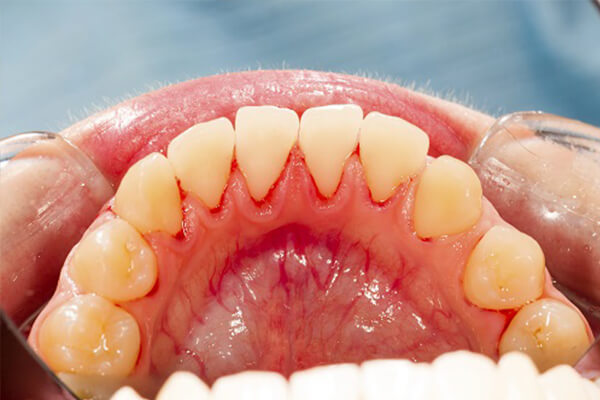
Periodontal gum disease Service
WHAT IS PERIODONTIST?
Periodontology or periodontics is the specialty of dentistry that studies for the supporting structures of teeth, as well as the diseases and conditions that can affect them. The supporting tissues of teeth are called as the periodontium, which includes the gingiva (gums), alveolar bone, cementum, and the periodontal ligament. A person who practices its study specialty is known as a periodontist.
WHAT ARE PERIODONTAL DISEASES?
Periodontal diseases take on many different forms but are usually a result of the joining or merging of the bacterial plaque biofilm accumulation of the red complex bacteria (e.g., P. gingivalis, T. forsythia, and T. denticola) of the gingiva and teeth, combined with the host immuno- inflammatory mechanisms and the other risk factors that can lead to destruction of the supporting bone around the natural teeth. Untreated, these diseases can lead to alveolar bone loss or it can also cause tooth loss.
Type of periodontal diseases-
Non-Surgical Treatments
Non-surgical periodontal treatment does have some limitations. When surgical methods would not be a good option for your
periodontal health this will be the best.
- Scaling and Root Planning
- Tray Delivery Systems
Gum Graft Surgery
Gum grafts can be used to cover your roots or to develop gum tissue wherever it is absent due to excessive gingival recession. During gum graft surgery, you're we will take gum tissue from your palate or another donor source to cover the exposed root of your mouth. This can be done for one tooth or several teeth to even your gum line and to reduce sensitivity.
Laser Treatment
Laser treatment can be used to treat your periodontal diseases. Many types of research have shown that similar results have been found with the laser treatment compared to specific other treatment options, including scaling and root planning alone. Scaling and root planning is a traditional non-surgical therapy which is used to treat periodontal diseases.
Regenerative Procedures
During this procedure, we will fold back your gum tissue and we will also remove the disease-causing bacteria. Membranes, bone grafts or tissue-stimulating proteins can be used to encourage your body's natural ability to regenerate the bones and the tissues.
Eliminating the existence of bacteria and regeneration of the bones and tissues helps you to reduce the pocket depth and repairs the damage caused by the progression of periodontal diseases. With a combination of daily oral hygiene and professional maintenance care, you'll increase the chances of keeping your natural teeth – and the chances will decrease to happen other health problems associated with the periodontal disease.
Dental Crown lengthening
Your teeth may actually be of the proper lengths, but might be covered with too much gum tissue. To correct this, we perform a dental crown lengthening procedure. During the dental crown lengthening procedure, excess gums and bone tissues are reshaped to expose more of your natural tooth. This can be done to one tooth, to even your gum line, or to several teeth to expose a natural, and broad smile.
Dental Implants
A dental implant is an artificial tooth root that is placed into your jaw to hold a replacement tooth or a dental bridge. Dental implants may be an option for people who have lost their tooth or teeth due to periodontal disease, an injury, or some other reasons.
Pocket Reduction Procedures
When you have periodontal disease, the supporting tissues and bones have been destroyed, forming "pockets" around the teeth.
Over time, these pockets become deeper and deeper, providing a larger space for bacteria to live. As bacteria develop around the teeth, they can accumulate and advance under the gum tissues. These deep pockets collect even more bacteria, which actually results in further bone and tissue loss. Eventually, if too much of bone is lost, the teeth will need to be extracted.
We will measure the depth of your pocket(s). A periodontal pocket reduction procedure has been recommended to you because the pockets you have are too deep to clean with daily at-home oral hygiene and a professional care routine.
During this procedure, we fold back the gum tissues and removes the disease-causing bacteria before securing the tissue into its place. In some cases, irregular surfaces of the damaged bone are smoothed to limit the areas where disease-causing bacteria can hide. This allows the gum tissue to better reattach to the healthy bones.
Plastic Surgery Procedures
We, the periodontists are often considered as the plastic surgeons of dentistry. If you are looking to improve your smile, a periodontist
may be able to help you with this.
-Gummy Smile or Uneven Gum line
-Long Teeth/ Exposed Roots
-Indentations in the Gums and Jaw Bone
GUM DISEASES
GUM DISEASES a serious gum infection that damages gums and can destroy the jawbone also.
TYPES OF GUM DISEASE
Untreated gingivitis can advance to periodontitis and can eventually lead to tooth loss and other dental problems.
GINGIVITIS
Gingivitis is the mildest form of periodontal diseases. It causes the gums to become red, swollen, and bleed many of the times. It is usually little or no discomfort in this stage. Gingivitis is often caused by poor oral hygiene. Gingivitis is reversible with the help of professional treatments and good oral home care.
Factors that may cause to gingivitis includes diabetes, smoking, aging, genetic predisposition, systemic diseases and conditions like stress, inadequate nutrition, puberty, hormonal fluctuations, pregnancy, substance abuse, and HIV infection.
PERIODONTITIS
untreated gingivitis can advance and then it can be changed into periodontitis. With time, plaque can spread and grow below your gum lines. Toxins produced by the bacteria in plaque irritate the gums. The toxins stimulate a chronic inflammatory response in which the body, in essence, turns on itself, and the tissues and bone that support the teeth are broken down and destroyed. Gums separate from the teeth, forming pockets (spaces between your teeth and gums) that become infected. As the disease progresses, the pockets deepen and more gum tissues and bones are been destroyed. Eventually, your tooth or teeth can become loose and may have to be removed.
There are many forms of periodontitis and the most common ones include the following.
• Aggressive periodontitis occurs in patients who are clinically healthy. The common features include rapid attachment loss and bone destruction.
• Chronic periodontitis results in the inflammation within the supporting tissues of the teeth, progressive attachment, and bone loss. This is the most frequently occurring form of periodontitis and it is also characterized by the pocket formation and/or recession of the gingiva.
• Periodontitis as a manifestation of systemic diseases associated with the people having heart disease, respiratory disease, and diabetes. This has been observed in the young ages.
• Necrotizing periodontal disease is an infection most commonly observed in individuals with systemic conditions such as HIV infection, malnutrition, and immunosuppression.
Appointment
Book An Appointment Now!
We at All Brite Dentistry want to give each of our patients the most gentle and highest quality dental care possible. It starts with your very first phone call. Compassion and understanding are a priority.
Our Services
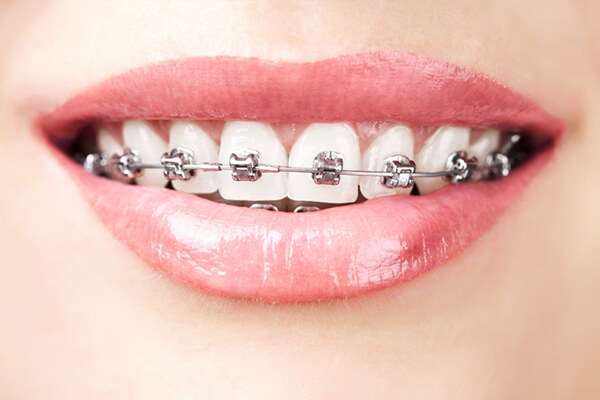
Teeth braces or dental braces
Dental braces are also known as braces, or orthodontic cases are the devices which are used in orthodontics that aligns and straightens your teeth.
Read More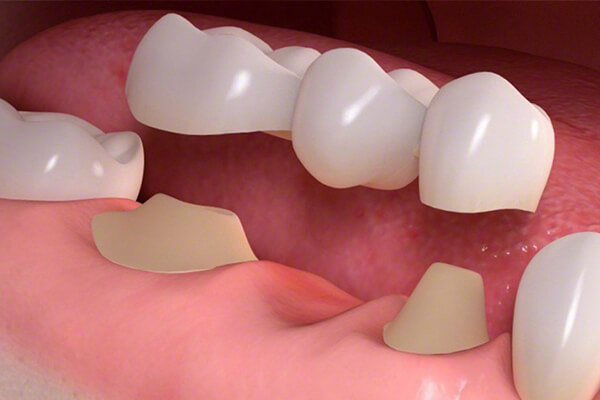
Dental bridges
A bridge is a fixed dental restoration which usually replaces one or more missing teeth by joining an artificial tooth adjacent to the other teeth.
Read More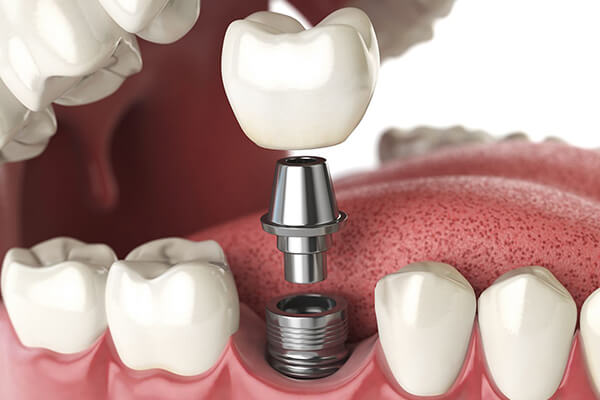
Dental implants and restorations
A dental implants are also known as an Endosseous implant or a fixture is a surgical component that interfaces with the bone of the jaw or skull.
Read More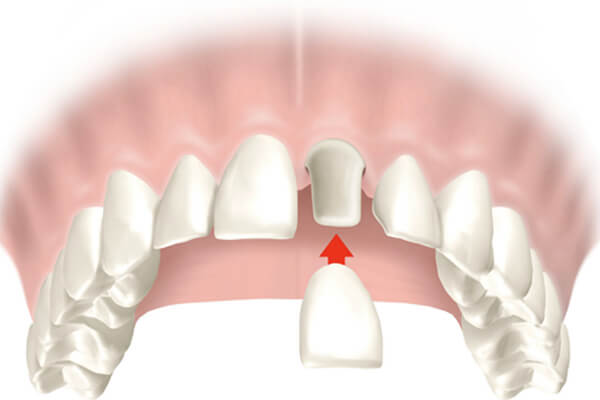
Dental crowns or teeth crowns
A crown, which is also known as a dental cap, is a type of dental restoration which completely caps, covers or encircles a tooth or dental implant.
Read More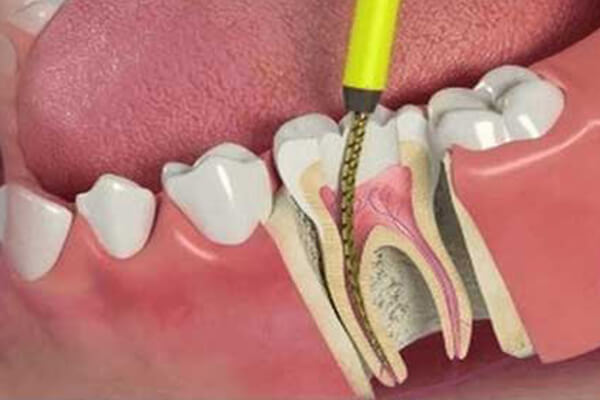
Root canal treatment/procedure
Endodontic therapy, which is also known as endodontic treatment or root canal therapy, is a treatment for the infected pulp of a tooth which results in the cure of infection.
Read More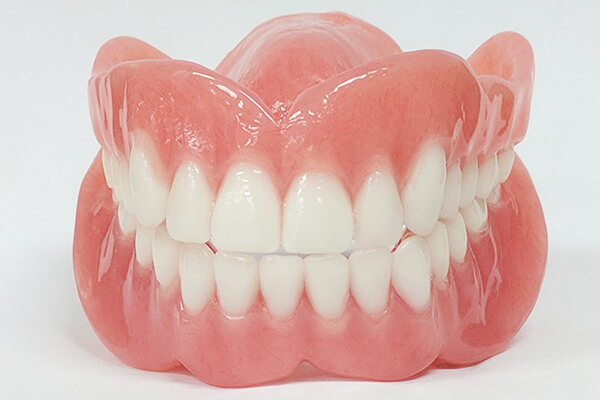
Dentures
Dentures are the artificial teeth worn by the people who don't have their real teeth. Dentures are also called false teeth or dental plate.
Read More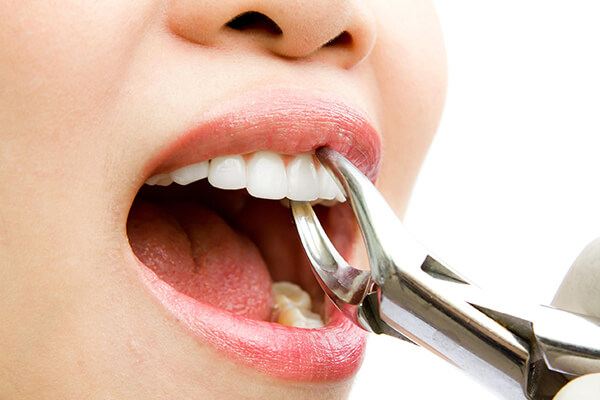
Teeth extractions
Although permanent teeth were meant to last for the lifetime, there are a number of reasons because of which tooth extraction may be needed.
Read More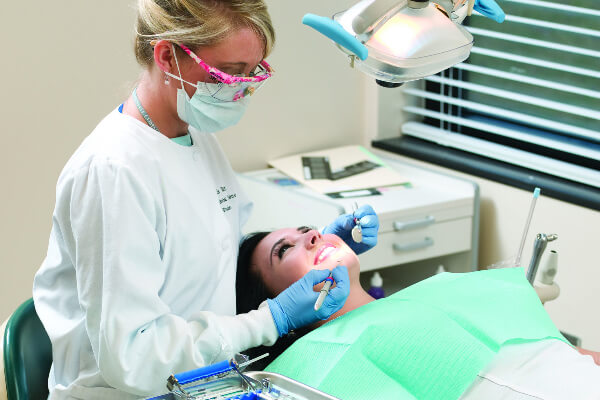
Dental hygiene
Dental Hygienics is one of the leading providers of dental decontamination equipment and products.A dental hygienist is a licensed dental professional.
Read More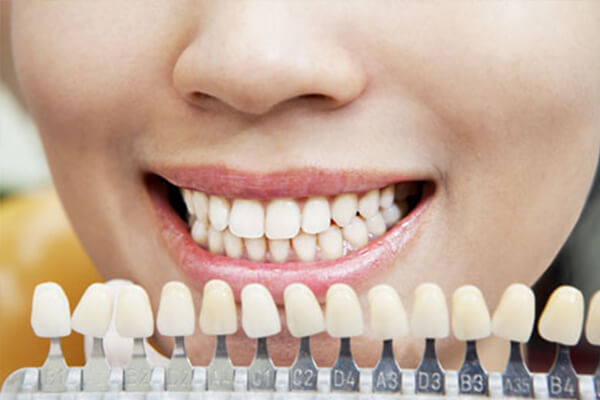
Teeth veneers
Dental veneers are wafer-thin, customized shells of tooth-colored materials designed to cover the front surface of your teeth to improve your appearance.
Read More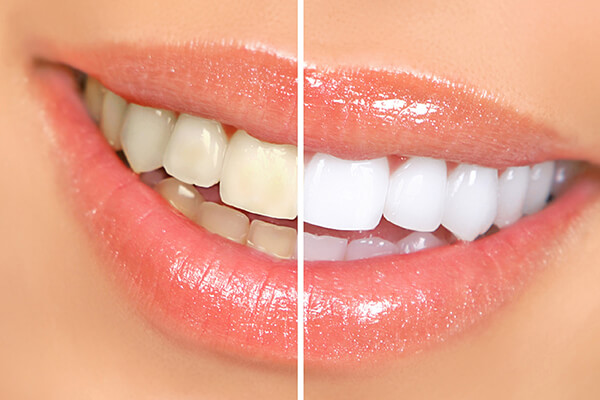
Teeth whitening
Teeth whitening involves the bleaching of your teeth to make them lighter, clean and white. It can't make your teeth brilliantly white, but it can lighten the existing color.
Read More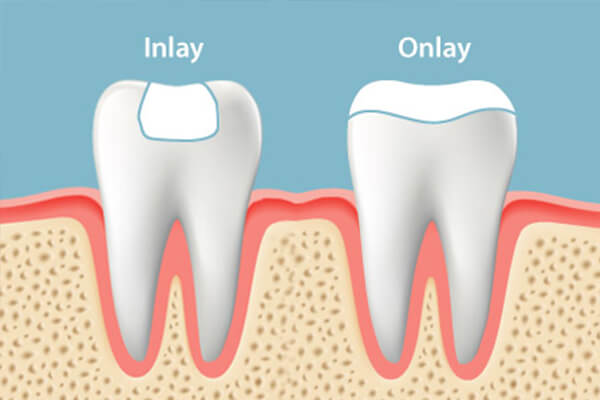
Inlays and onlays
Inlays and Onlays are used when the tooth has experienced too much of damage that it cannot support a basic filling, but not so much damage that a crown is necessary.
Read More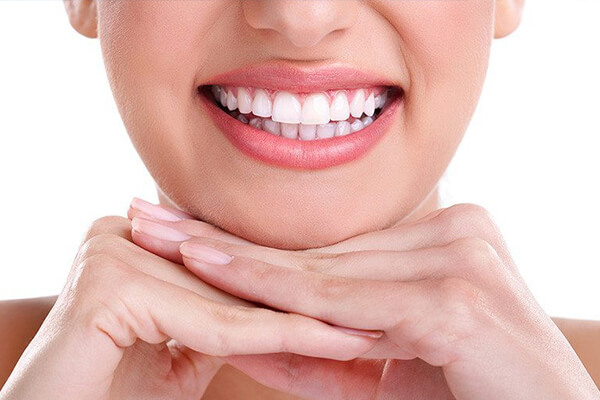
Cosmetic dental fillings
Aesthetic dentistry is a branch of dentistry that involves skills and techniques to improve your alignment, smile’s appearance, shape, color, and size.
Read More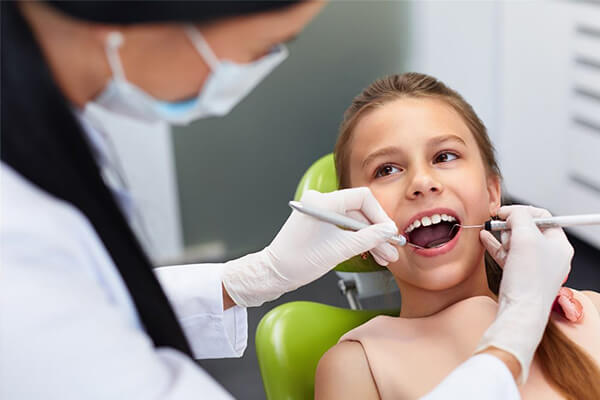
Pediatric dentist
Pediatric dentists are also called kids’ dentists or child dentists. They are basically dedicated to the oral health of children from infancy through their teenage.
Read More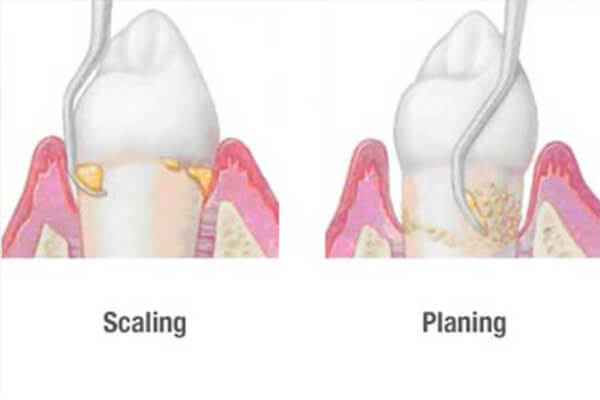
Teeth scaling and root planning
Teeth scaling and root planning is a procedure involving removal of dental plaque and calculus ( tartar ) and then smoothing of the (exposed) surfaces of the roots.
Read More
Periodontal gum disease
Periodontology is the specialty of dentistry that studies for the supporting structures of teeth, as well as the diseases and conditions that can affect them.
Read More
Cosmetic dentistry
Cosmetic dentistry refers to any kind of dental work that improves the appearance (not necessarily the functionality) of teeth, gums and/or bite.
Read More
Family dentistry
Consetetur sadipscing elitr, sed diam nonumy eirmod tempor invidunt ut labore et dolor erat, sed diam voluptua, maiores possimus fugiat repellat totam.
Read More
Emergency dentistry
Before searching for an emergency Dentist, It is important to know that what kind of injuries really required an emergency dental care, so you can make sure that teeth are taken care.
Read More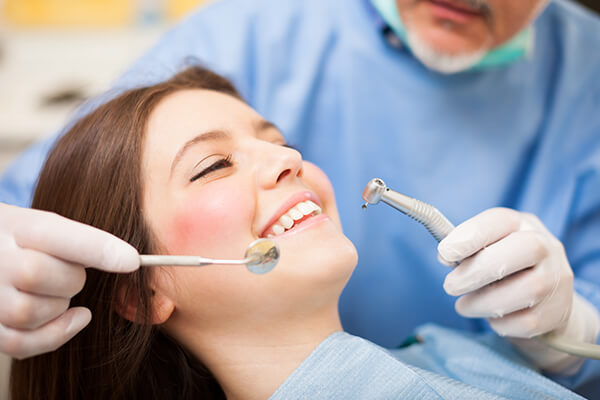
Dental exams and cleanings
Many people feel afraid of teeth cleanings. Between the prodding, strange noises, and the occasional jaw discomfort, it’s easy to understand their apprehension.
Read More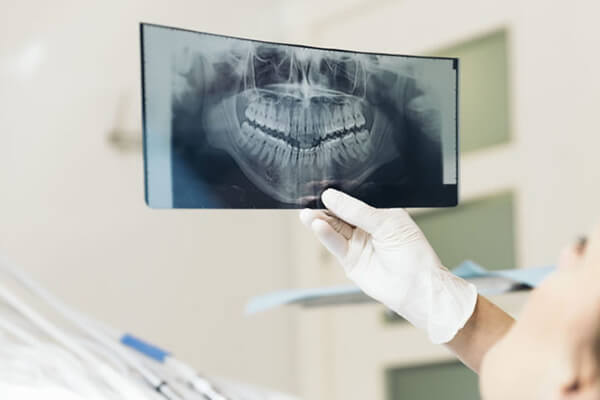
Dental X-Rays
X-rays are also known as radiographs. An x-ray is a type of ray energy that passes through soft tissues and is absorbed by dense tissue. They are diagnostic,also be preventative.
Read More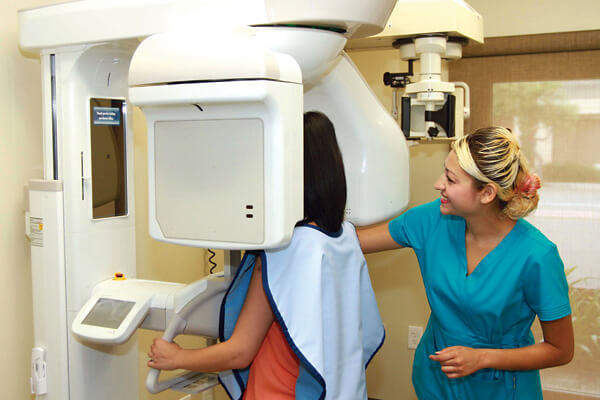
CT scan
CBCT stands for Cone Beam Computed Tomography. It is a technology used to take three dimensional (3-D) images of your teeth, maxillary sinus, nerve pathways, and bone .
Read More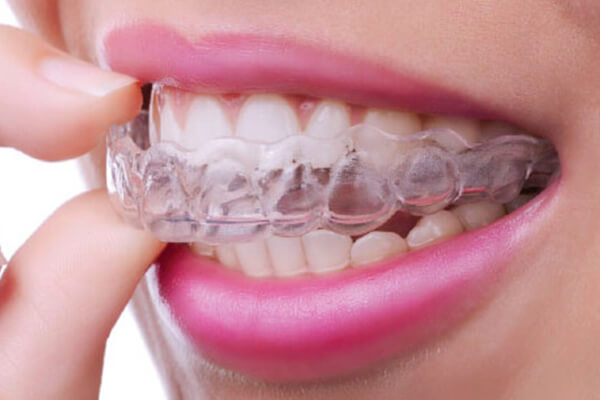
Night guards
A mouth guard is a protective device for your mouth that covers your teeth and your gums to prevent and reduce the injury to your teeth, arches, lips, and your gums.
Read More
Sleep apnea dentist
Sleep apnea is a sleep disorder in which your breathing starts and stops repeatedly. If you snore loudly and feel tired even after having a full night's sleep.
Read More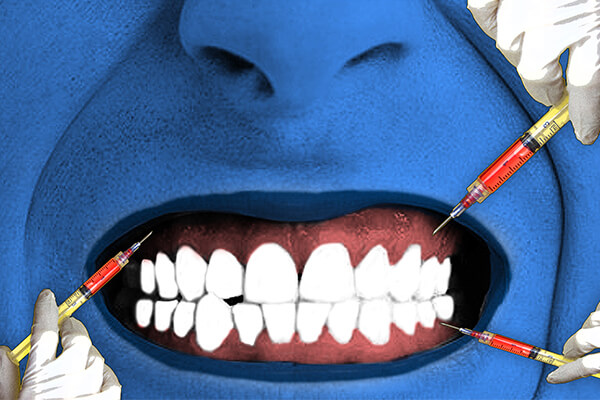
Dental botox theraphy
The active, therapeutic neurotoxin is harvested, separated and purified in a laboratory to make it safe and effective for the treatment.
Read More